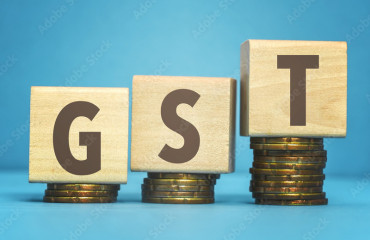
- 21 Nov 2025 05:02 PM
- New
These Indian firms doubled profits in Q2. But is the story as good as it looks?
India Inc. has delivered a strong September quarter. With the Q2FY26 earnings season nearly complete, the scorecard shows robust 11% topline growth and margin-driven 13% earnings growth—excluding financial services and oil marketing companies.
Read More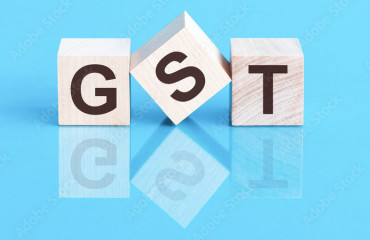
- 20 Nov 2025 06:16 PM
- New
Industry lobby seeks GST relief for a different type of hybrids
New Delhi: One of India’s top industry lobbies has asked the government to initiate discussions on providing range-extended electric vehicles or REEVs, a type of hybrid vehicle, tax parity with EVs to incentivise automakers to introduce such models.
Read More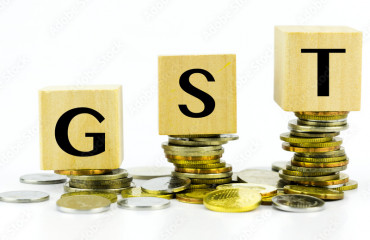
- 20 Nov 2025 06:13 PM
- New
After October GST cloud, await the November shine
India's Goods and Services Tax (GST) revenue is poised for a strong recovery in November, limiting the impact of the September rate cuts on state and central revenues, according to internal government assessments. The Centre expects the revenue buoyancy to sustain, thanks to the robust demand in the economy and a growing tax base.
Read More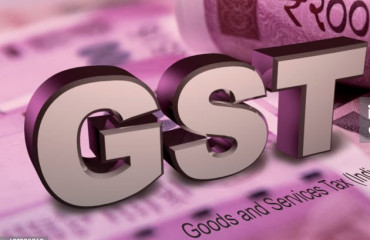
- 19 Nov 2025 05:44 PM
GST cuts fail to deliver the consumption boost for footwear, apparel sectors
NEW DELHI : The goods and services tax cuts were expected to bolster consumption across sectors, but failed to spark the expected revival for India’s apparel and footwear retailers. An early Diwali, weak discretionary spending and erratic weather culminated in a lacklustre festive season for the two categories.
Read More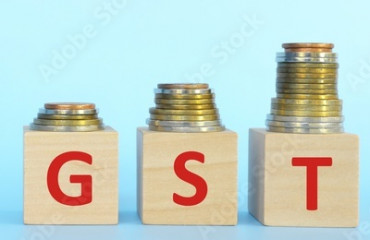
- 19 Nov 2025 05:50 PM
Exide’s dual bet: Can lithium-ion offset a weakening core?
Exide Industries Ltd is struggling to fuel its core lead-acid business while simultaneously turning its capex-heavy lithium-ion venture into a viable second growth engine.
Read More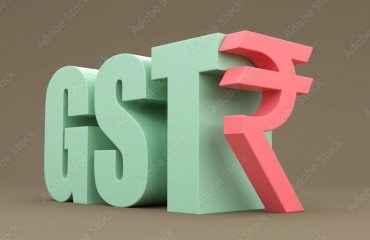
- 19 Nov 2025 06:00 PM
Why election promises are pushing Indian states to the fiscal brink
Welfare promises being made by political parties ahead of elections in recent years are beginning to reshape the fiscal landscape of Indian states. Political considerations are pushing spending up, even as revenue sources remain stressed and capital outlay meant to power long-term growth is uneven. Bihar’s existing strain is unmissable, but the pressures are now visible across several states heading into or emerging from polls, pointing to a structural shift in how state finances can balance welfare and sustainability.
Read More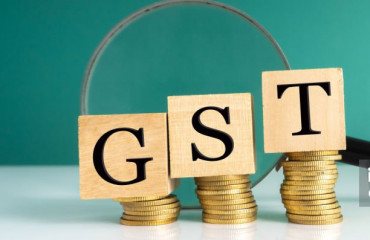
- 18 Nov 2025 06:09 PM
With IPO filings at a decade's high, calendar 2025 may end a record year by monies raised
Mumbai: A decade-high number of filings for initial public offers, or IPOs, in 2025 has brought India within sighting distance of the highest ever amount of money raised in such share sales in a single year, data analysed by Mint showed.
Read More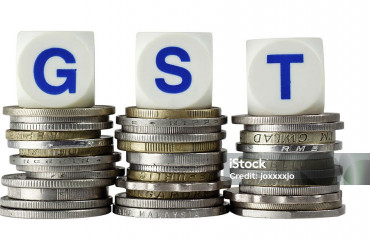
- 18 Nov 2025 05:55 PM
GST cuts to boost urban demand, especially for packaged food: Marico CEO
NEW DELHI : Homegrown fast-moving consumer goods (FMCG) major Marico Ltd expects India's urban demand, especially in categories such as packaged foods, to perk up in the coming quarters aided by tailwinds from the recently-cut goods and services tax rates. This sets up a more stable outlook for the company after a quarter marked by input cost rise and tax-related disruption.
Read More
- 18 Nov 2025 06:26 PM
Stellar listing, lacklustre result: TINA factor may be one factor driving LG’s valuation
LG Electronics' first quarterly results post-listing reveals a 27.7% drop in Ebitda, impacted by commodity costs and promotional expenses. Yet, it commands a high valuation, possibly driven by the absence of alternative pure-play consumer durable stocks.
Read More
- 18 Nov 2025 06:23 PM
Sensex could scale 1,07,000 by Dec 2026 in bull-case scenario after worst show vs EMs in 31 years, says Morgan Stanley
In the bull case, Morgan Stanley has pegged the Sensex target at 1,07,000, assuming oil stays below $65 per barrel, reflation policies deliver stronger growth, and global trade tensions ease with tariff reversals. Earnings growth is expected to compound at 19% annually over FY25–28.
Read More